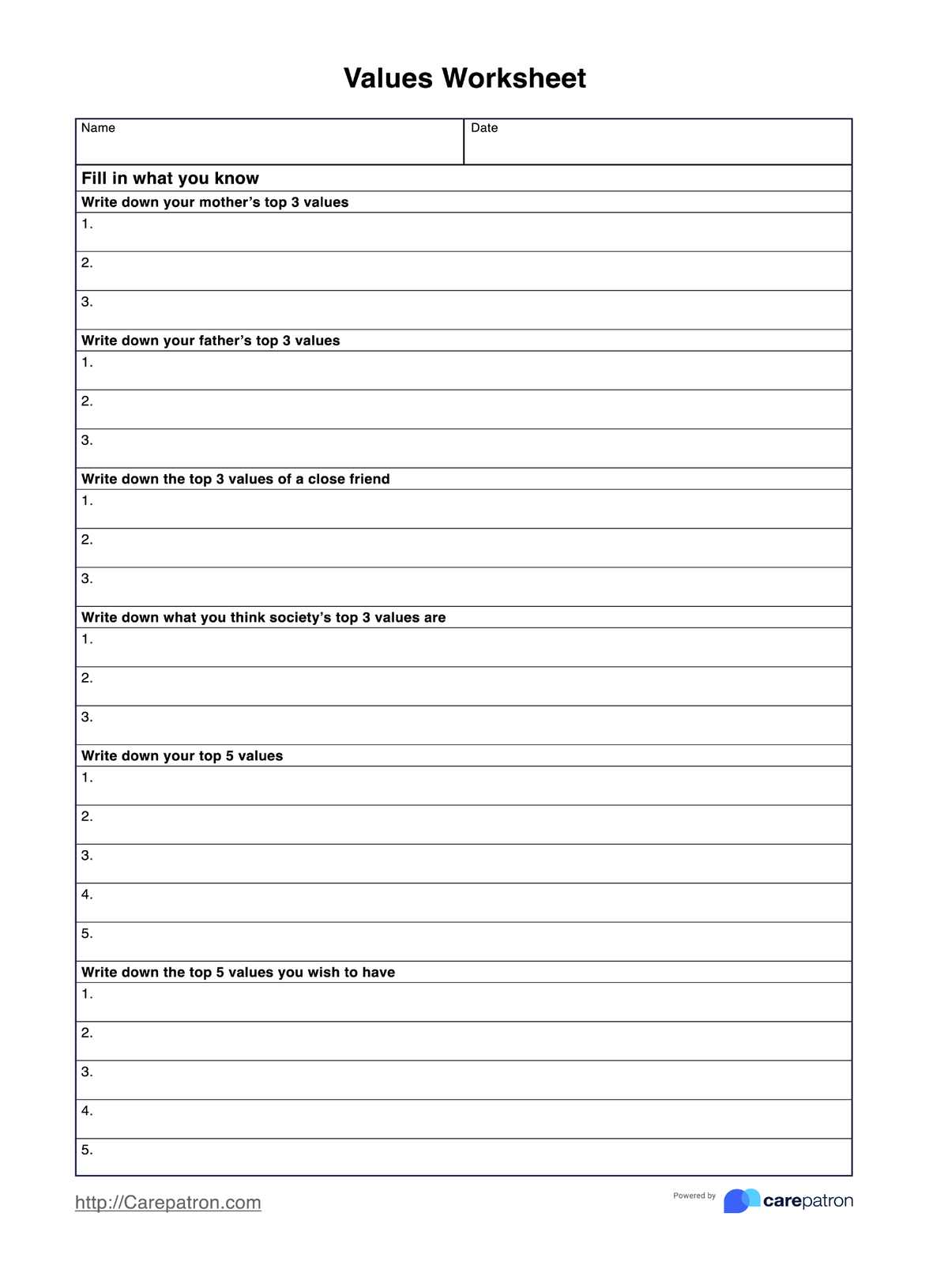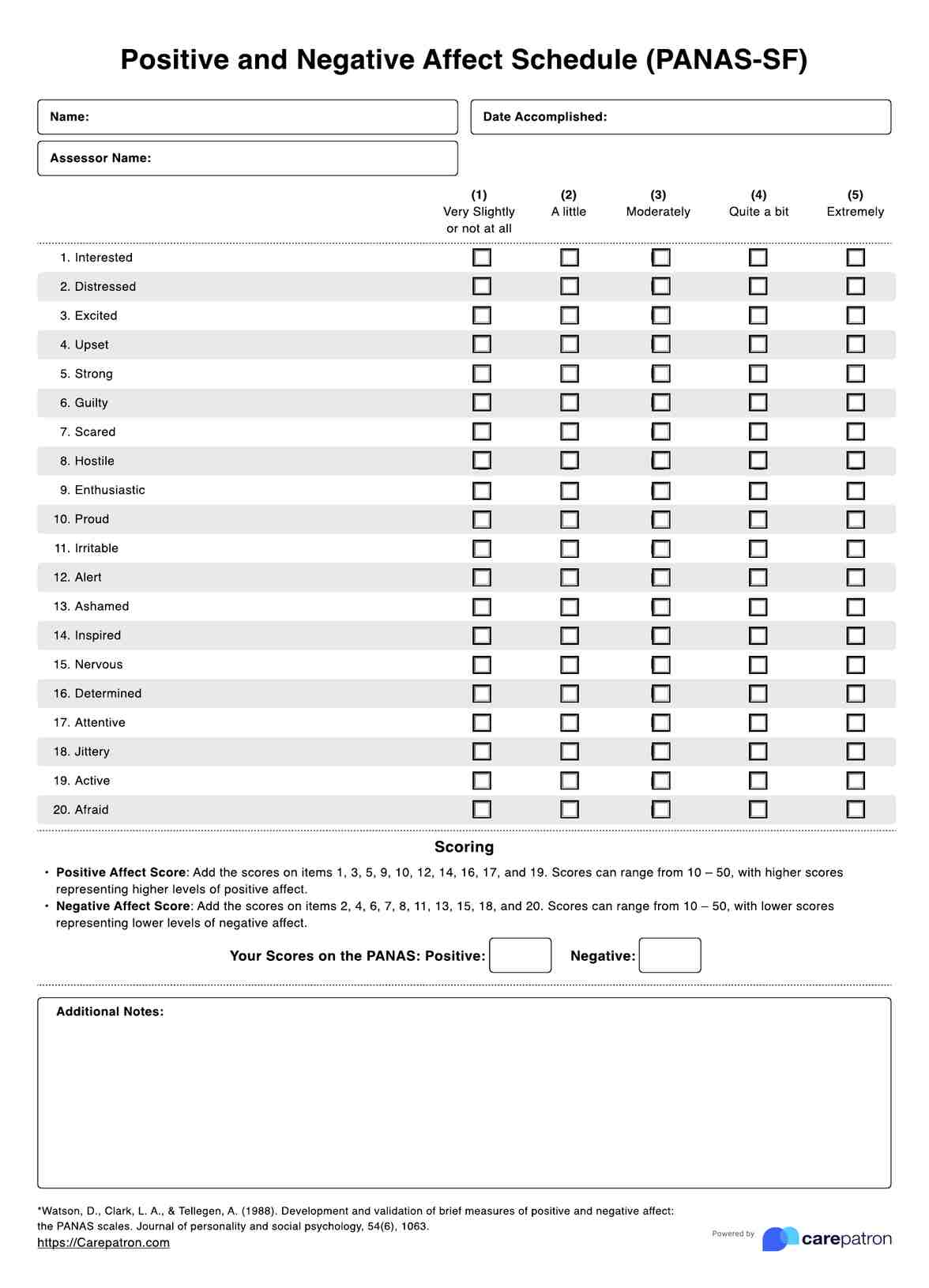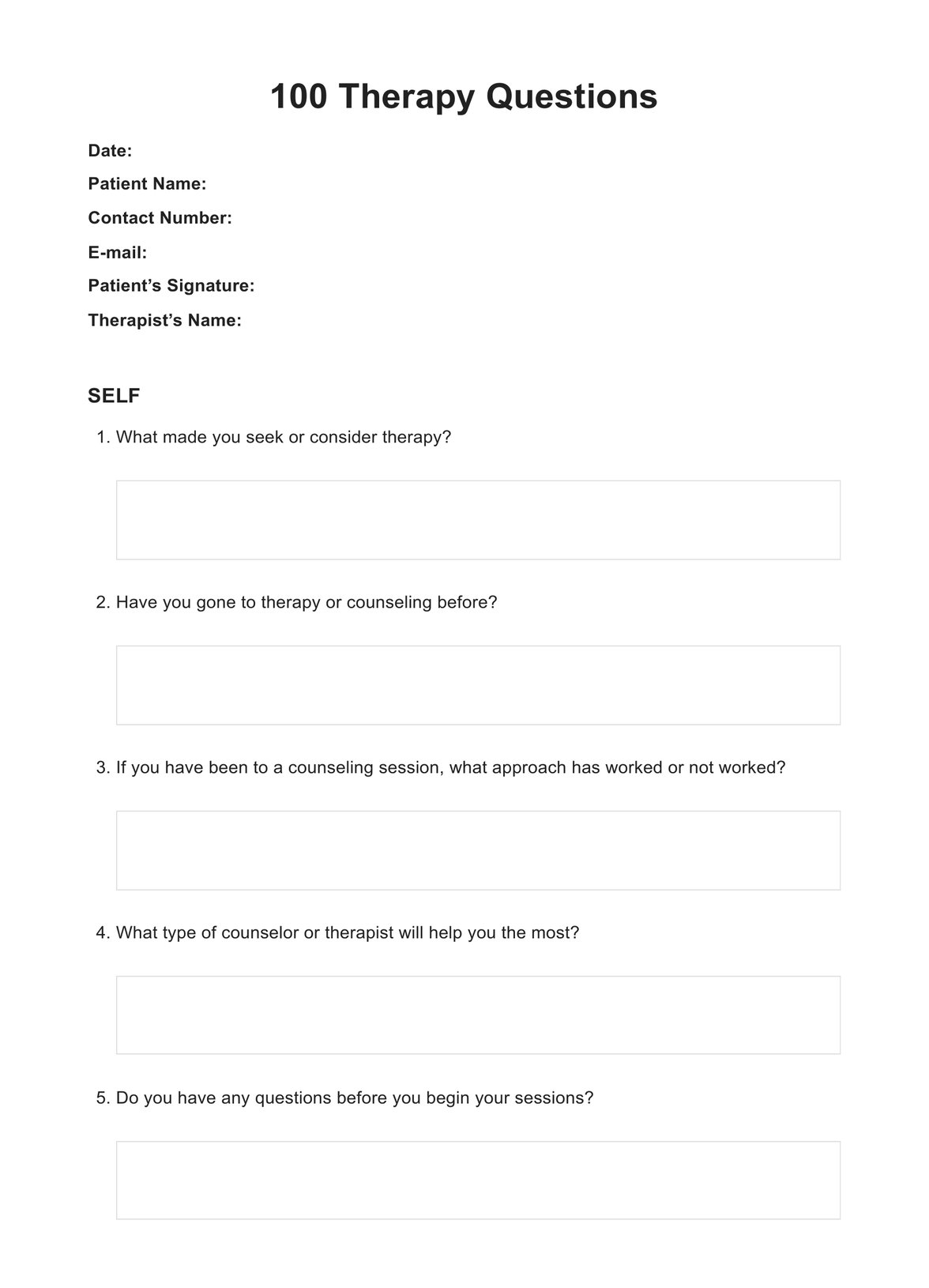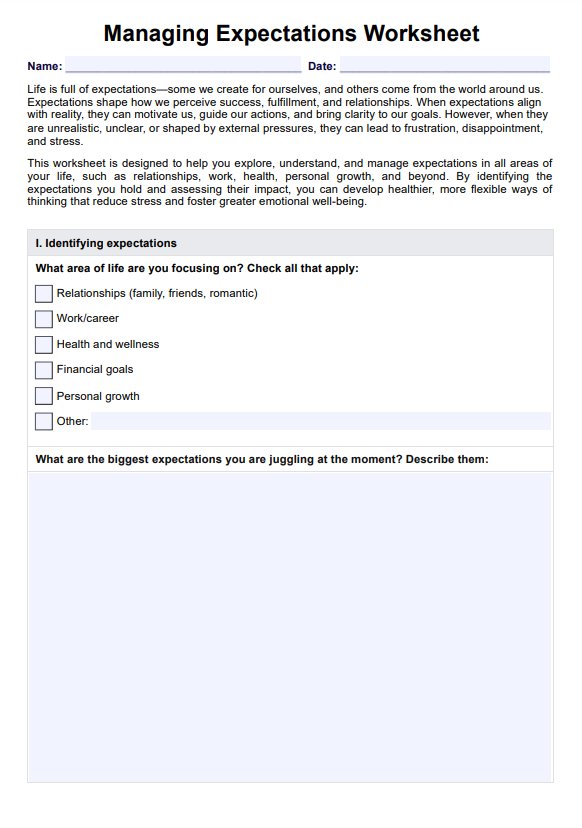Opposite Actions for Difficult Emotions DBT Worksheet
Discover the benefits of the Opposite Actions for Difficult Emotions DBT Worksheet. Enhance emotional regulation, boost self-awareness, and reduce distress.


What is Dialectical Behavior Therapy?
Dialectical Behavior Therapy (DBT) is a form of cognitive-behavioral therapy designed to help individuals effectively manage their emotional responses and foster healthier interpersonal relationships. Originating as a treatment for borderline personality disorder, DBT has evolved to address various mental health conditions such as depression, anxiety, and eating disorders.
DBT focuses on cultivating skills in four primary areas: mindfulness, distress tolerance, emotion regulation, and interpersonal effectiveness. Emotion regulation, a pivotal facet of DBT, encourages individuals to comprehend, manage, and respond constructively to their emotional experiences. It equips them to identify emotional triggers and control intense, reactive emotions, promoting emotional stability and resilience.
is a comprehensive, multifaceted treatment strategy combining individual and group skills training sessions. This dual approach allows individuals to collectively learn and practice these essential skills, fostering a supportive environment conducive to growth and change.
DBT underscores the importance of a therapeutic alliance, emphasizing the balance between acceptance and change. It champions the concept that individuals can accept themselves as they are while simultaneously striving to bring about positive transformation. This balance fosters a nurturing atmosphere where individuals feel understood and motivated to work towards their therapeutic goals.
Dialectical Behavior Therapy offers a holistic and adaptable approach to mental health treatment, empowering individuals to regulate their emotions effectively and lead more fulfilling lives. Leveraging the Dialectical Behavior Therapy Template can help in creating comprehensive treatment plans and tracking client progress. It provides a clear framework for applying DBT techniques and ensuring consistency in therapy.
Opposite Actions for Difficult Emotions DBT Worksheet Template
Opposite Actions for Difficult Emotions DBT Worksheet Example
How to use the Opposite Actions for Difficult Emotions DBT Worksheet:
The Opposite Actions for Difficult Emotions DBT Worksheet employs a unique tactic known as 'opposite action,' a strategy that calls for a counterintuitive response to one's emotional urges, particularly when these emotions are either disproportionate to the situation or lead to unproductive behaviors.
Step 1: Identify Your Emotion
The first step in utilizing the Opposite Actions for Difficult Emotions DBT Worksheet is pinpointing the challenging emotion you are grappling with. This emotion could be anger, fear, sadness, or any other intense emotional reaction. Acknowledging and naming your emotions is the initial stride toward better emotional management.
Step 2: Understand Your Emotional Urge
Understanding your emotional urges is the next crucial step. Here, you delve deeper into the actions your emotions are propelling you towards. For instance, if you're dealing with anger, it might be compelling you to yell or react aggressively. Conversely, fear might be pushing you towards avoidance or escape.
Step 3: Determine the Opposite Action
Once you've identified your emotional urge, the next phase is determining an 'opposite action.' This involves identifying a behavior that directly contrasts your initial emotional impulse. If anger is goading you to raise your voice, the opposite action might involve speaking softly or even choosing to remain silent.
Step 4: Practice the Opposite Action
The final step is to practice this opposite action consciously. Initially, this may feel unnatural or uncomfortable. However, consistent practice can transform this strategy into a potent tool for managing intense emotions. Over time, our printable Opposite Actions for Difficult Emotions DBT Worksheet can help you gain greater control over your emotional responses, enhancing emotional stability and resilience.
When would you use this Opposite Actions for Difficult Emotions DBT Worksheet?
The Opposite Actions for Difficult Emotions DBT Worksheet is valuable in various scenarios, particularly when grappling with intense, overwhelming emotions. These emotions can often lead to distress or unhelpful behaviors, making this worksheet an essential resource for those seeking effective ways to manage their emotional responses.
This worksheet proves instrumental for individuals experiencing emotional dysregulation, such as those diagnosed with borderline personality disorder, bipolar disorder, PTSD, or chronic depression. The practical approach of the worksheet aids in identifying and understanding the emotional urges that these conditions often elicit, providing clear steps to respond effectively and constructively.
Moreover, this tool isn't reserved solely for those undergoing therapy; it's equally beneficial for anyone aiming to improve their emotional regulation skills. The Opposite Actions for Difficult Emotions DBT Worksheet can help individuals cultivate healthier responses to emotional triggers, enhancing their overall emotional well-being by providing a structured method to navigate challenging emotions.
Several healthcare professionals can find this tool especially useful, including:
- Mental Health Therapists: They can use this worksheet as an adjunct to therapy sessions, helping clients apply the principles of DBT in real-life scenarios.
- Counselors: This worksheet can be valuable during individual or group counseling sessions, providing a structured approach to managing challenging emotions.
- Psychiatrists: In conjunction with medication management, psychiatrists can use this tool to enhance their patients' emotional regulation skills.
Following its use in professional settings, it can also serve as a teaching aid during group skills training sessions, allowing participants to learn from each other's experiences and foster a supportive therapeutic environment.
The Opposite Actions for Difficult Emotions DBT Worksheet is a versatile tool that can be used across various contexts and by different individuals, all with the goal of better emotional regulation.
What are the benefits of using this Opposite Actions for Difficult Emotions DBT Worksheet?
The free Opposite Actions for Difficult Emotions DBT Worksheet is more than just a tool; it's a pathway to enhanced emotional well-being. Let's delve into some of the key benefits that this invaluable resource offers:
Enhanced Emotional Regulation
Our free Opposite Actions for Difficult Emotions DBT Worksheet guides you through acting against unhelpful emotional urges, thus fostering better control over your emotions. This ability to regulate emotions effectively can significantly improve interpersonal relationships and overall quality of life.
Improved Self-Awareness
Self-awareness is an essential component of emotional intelligence. This worksheet aids in enriching self-awareness by prompting you to identify and comprehend your emotional responses and urges. With improved self-awareness, you gain a deeper understanding of your emotions, making it easier to manage them effectively.
Reduced Emotional Distress
This worksheet promotes healthier responses to intense emotions, which can result in reduced emotional distress. The free Opposite Actions for Difficult Emotions DBT Worksheet can enhance overall mental well-being and resilience by offering a structured strategy to manage emotional triggers.
Research supports these benefits, indicating that dialectical behavior therapy (DBT), including techniques like opposite action, can significantly improve emotional regulation, self-awareness, and distress tolerance.
Commonly asked questions
The time it takes can vary depending on the individual, but generally, it should take about 20-30 minutes.
This worksheet can help individuals manage intense emotions more effectively, reduce emotional distress, and improve self-awareness and emotional regulation skills.
This worksheet is most effective when used during intense, overwhelming emotions causing distress or leading to unhelpful actions.
Anyone can use this worksheet. While individuals in DBT therapy often use it, it can also be helpful for anyone looking to improve their emotional regulation skills.

.jpg)
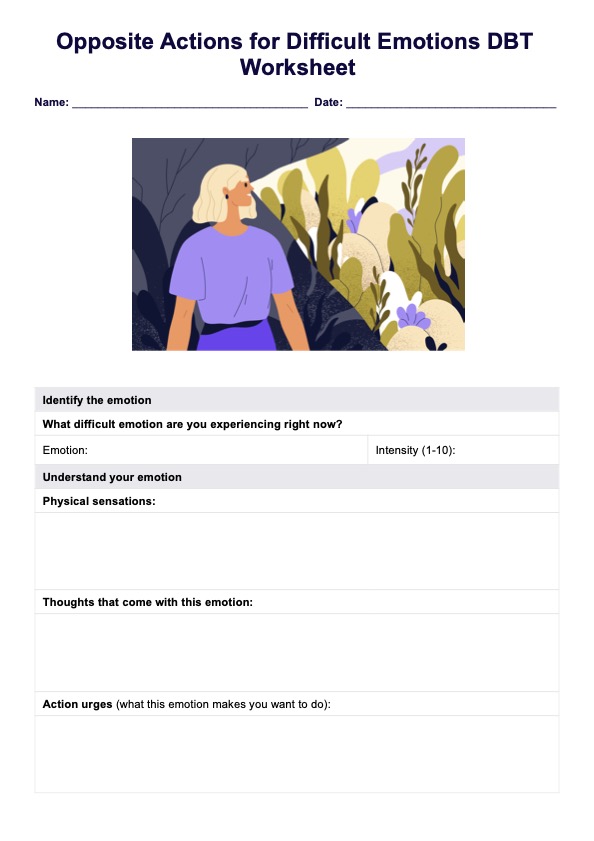
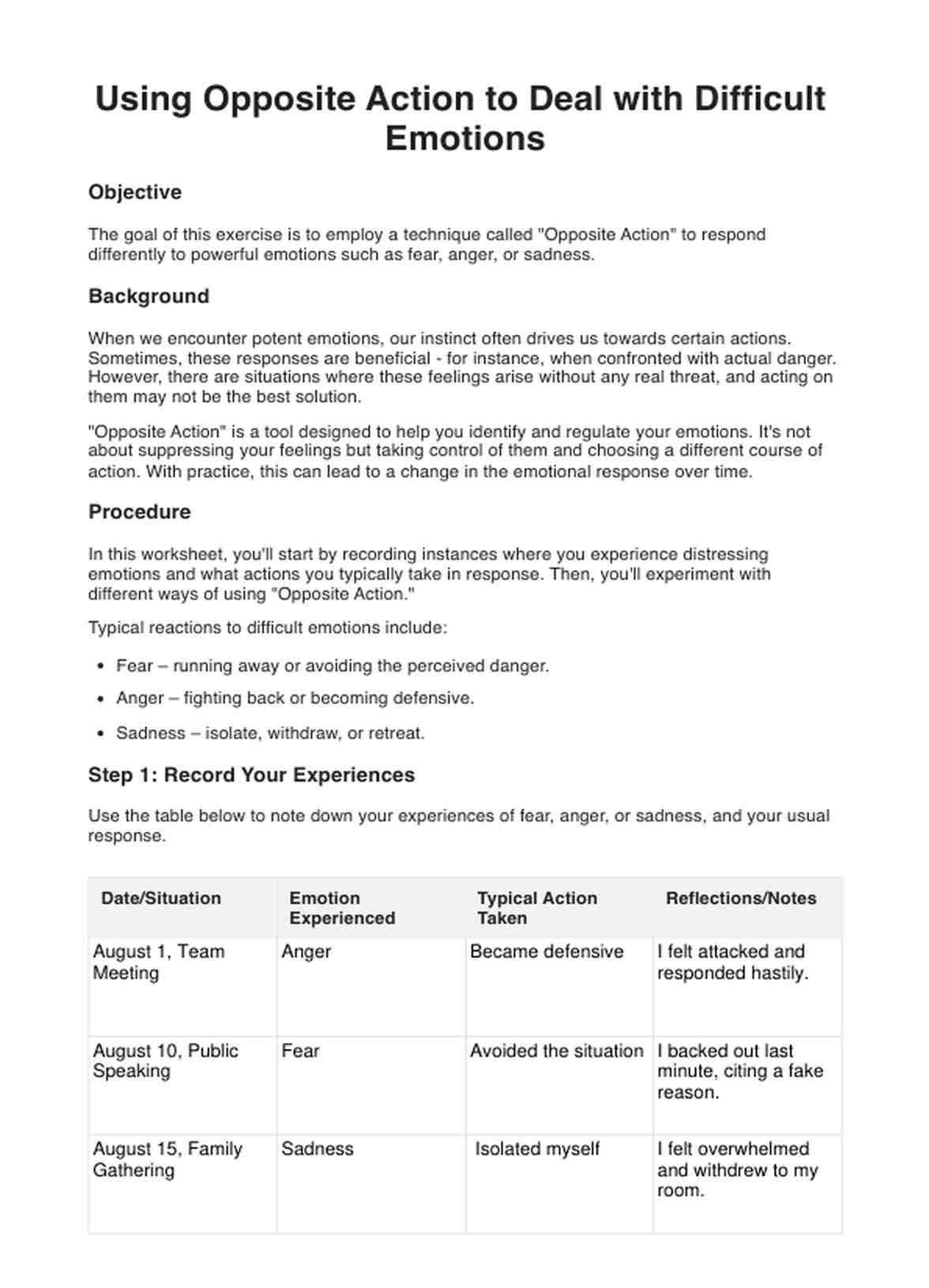

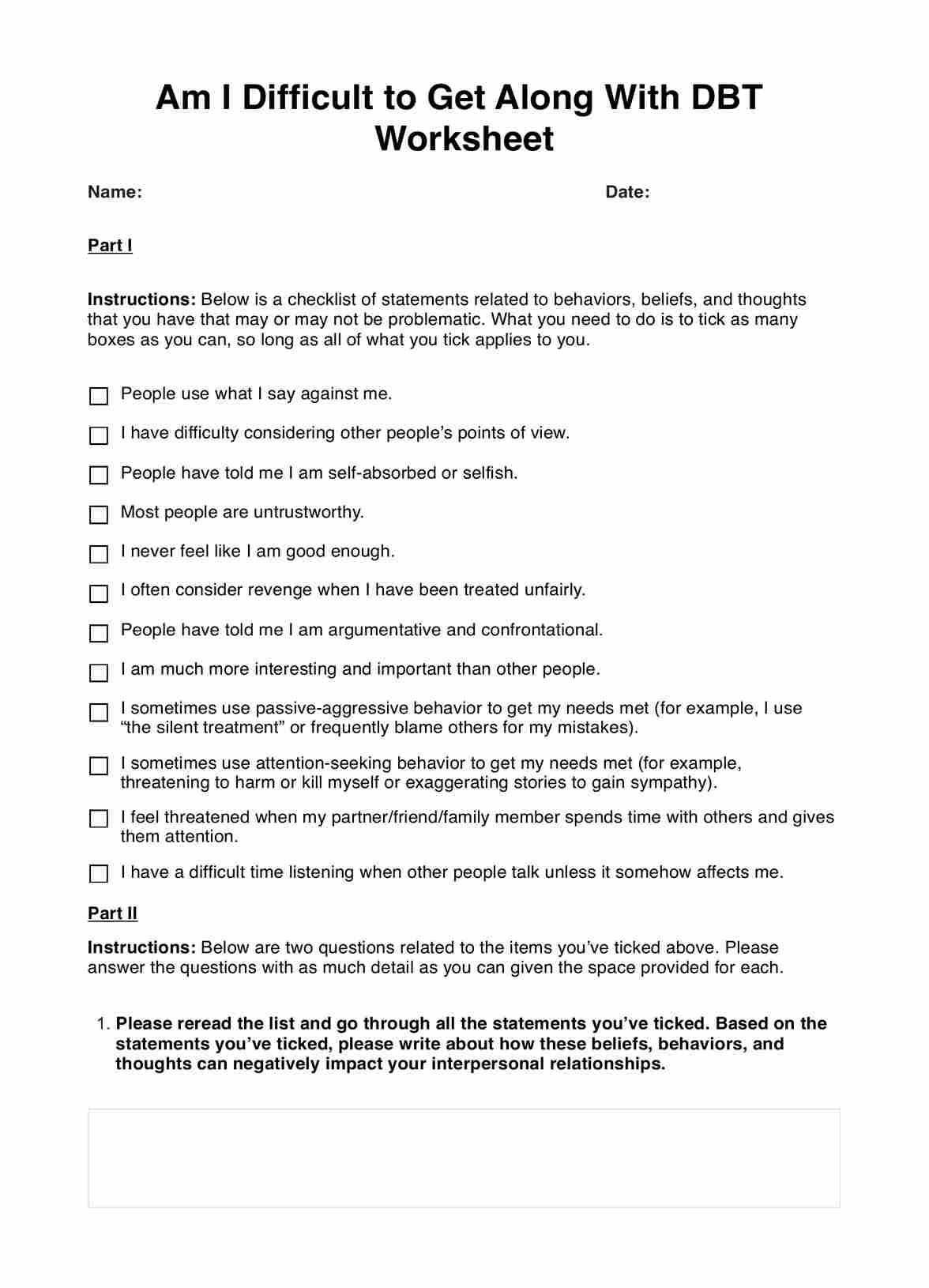














-template.jpg)





















































































